Now I need to create 20 1990s interior design ideas following the user's specific format and guidelines. Each paragraph should be 90-110 words, with H2 headings, and include practical advice while maintaining an engaging tone.Now I have comprehensive information about 1990s interior design trends! Let me create 20 engaging ideas about this nostalgic decade's distinctive home styling approach.
The 1990s represented a bold departure from the previous decade's excess, embracing both minimalist sophistication and maximalist creativity in equal measure. This era bridged the gap between the lush interiors of the 1980s and the austerity of the 21st century, creating spaces that celebrated both comfort and self-expression . The decade was strongly influenced by technological advancement, the end of the Cold War, and a new lifestyle that manifested in bright colors, experimental design, and a love of innovation . Whether you're drawn to the era's signature earth tones, its playful geometric patterns, or its pioneering approach to open-concept living, 1990s design offers timeless inspiration for creating spaces that feel both nostalgic and refreshingly contemporary.
1. Bold Geometric Pattern Integration for 1990s Design
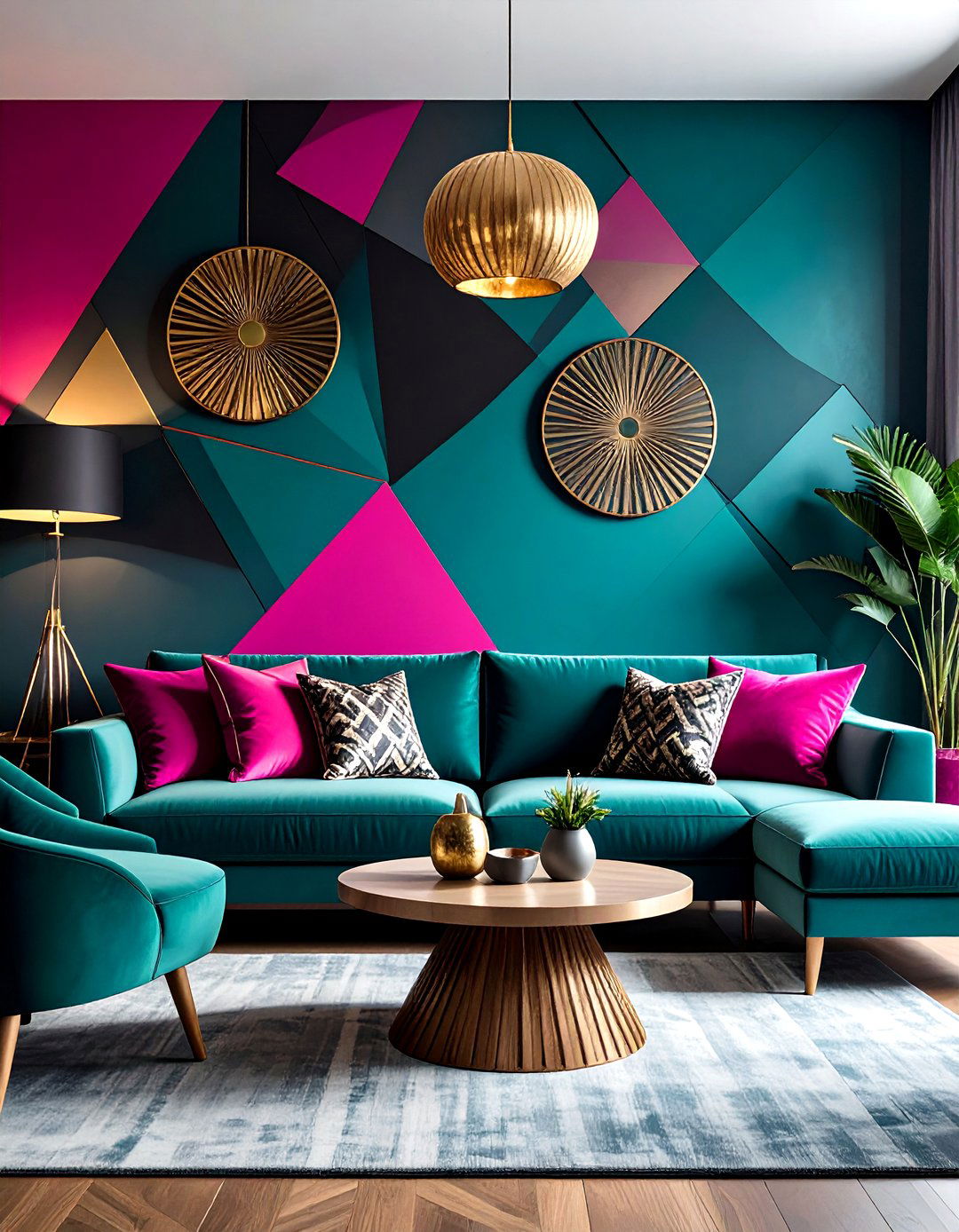
Bold geometric shapes defined the 1990s aesthetic, featuring triangles, circles, and zigzags splashed across wall art, rugs, and bed linens . These dynamic patterns represented the era's departure from softer pastels, embracing vibrant aesthetics that dared to stand out. Today's homes can capture this energetic spirit by incorporating geometric throw pillows, area rugs, or accent wallpaper that creates visual interest without overwhelming the space. Mix different scales of geometric patterns while maintaining a cohesive color palette to achieve the perfect balance. Consider using geometric patterns as focal points in powder rooms or home offices, where their bold presence can make a sophisticated statement while honoring the decade's fearless approach to design.
2. Layered Neutral 1990s Color Schemes
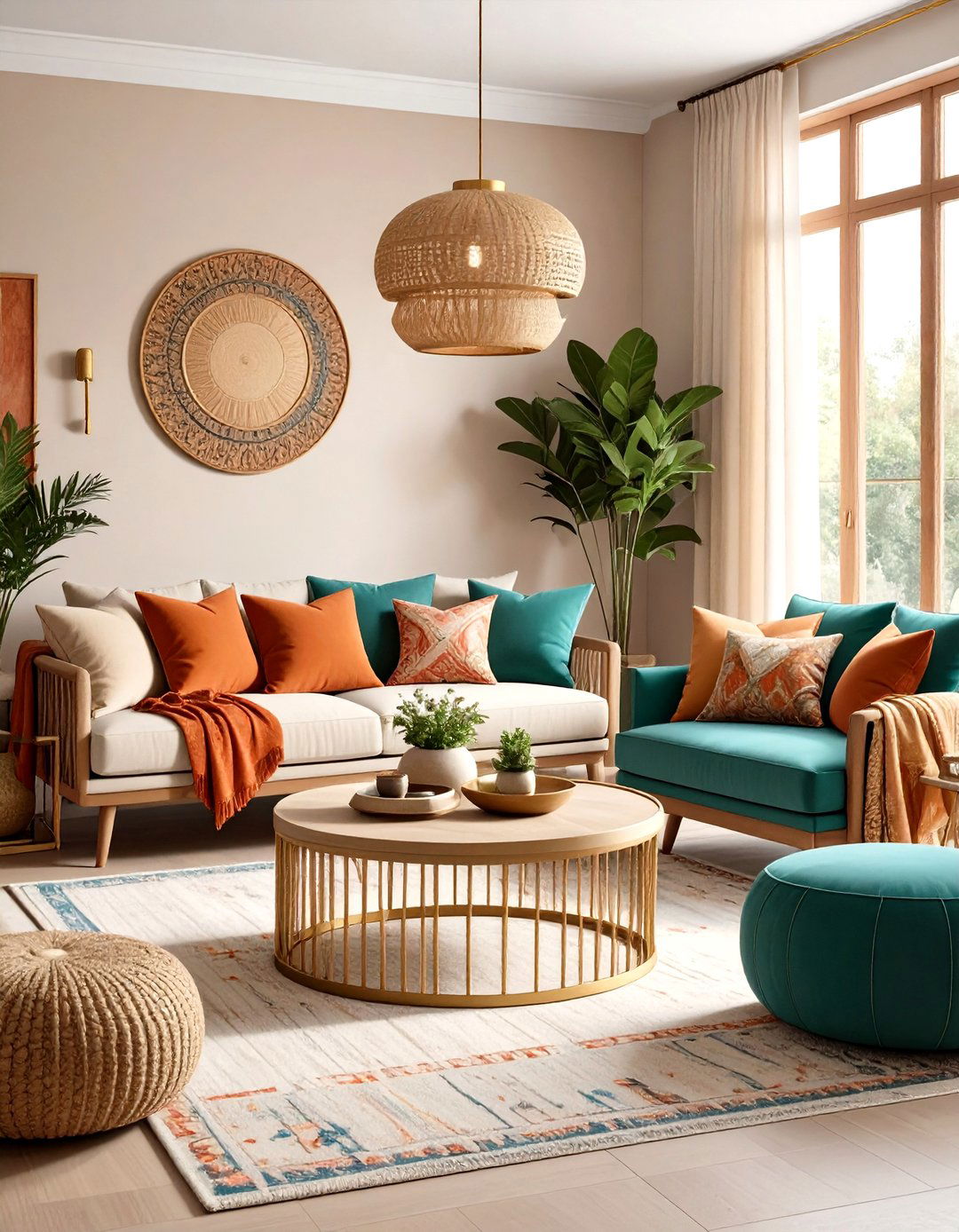
The 1990s embraced sophisticated earth tones including beige, terra cotta, sage, and gold, reflecting Tuscan influences that swept interior design . This approach created warm, inviting spaces that felt both timeless and contemporary. Modern interpretations focus on layering different neutral tones with varied textures to prevent the monochromatic look from feeling flat or dated. Pair beige-on-beige palettes with natural wood, stone, and tactile fabrics to create depth and visual interest . Add warmth through brass or copper accents, and incorporate natural materials like jute rugs or linen curtains. This palette works exceptionally well in living rooms and bedrooms where you want to create a serene, sophisticated atmosphere that encourages relaxation and comfort.
3. Wicker and Rattan Furniture for 1990s Charm
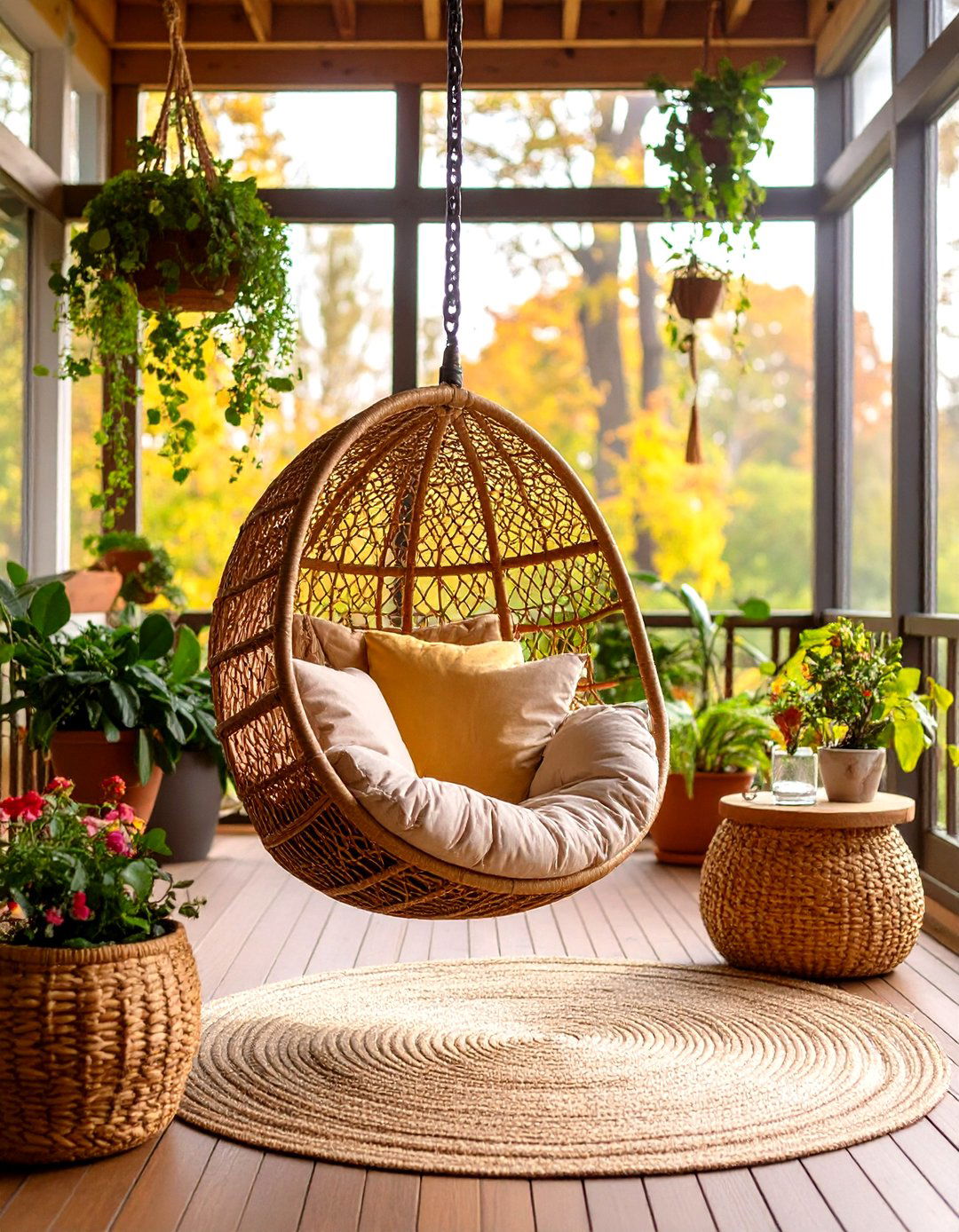
Wicker and rattan furniture became hugely popular in the 1990s for their versatility, natural appeal, and connection to relaxed, bohemian style . These materials brought warmth and texture to interiors while maintaining the decade's emphasis on casual comfort. The popularity of wicker furniture soared to new heights in the 1990s, often used in bold combinations throughout single rooms . Modern applications work best when wicker pieces are used as statement furniture rather than complete room sets. Consider a wicker accent chair, coffee table, or hanging chair to add organic texture and visual interest. These pieces work beautifully in sunrooms, bedrooms, or living spaces where you want to create a relaxed, natural atmosphere that feels both contemporary and timelessly appealing.
4. Hunter Green Kitchen Cabinets in 1990s Style
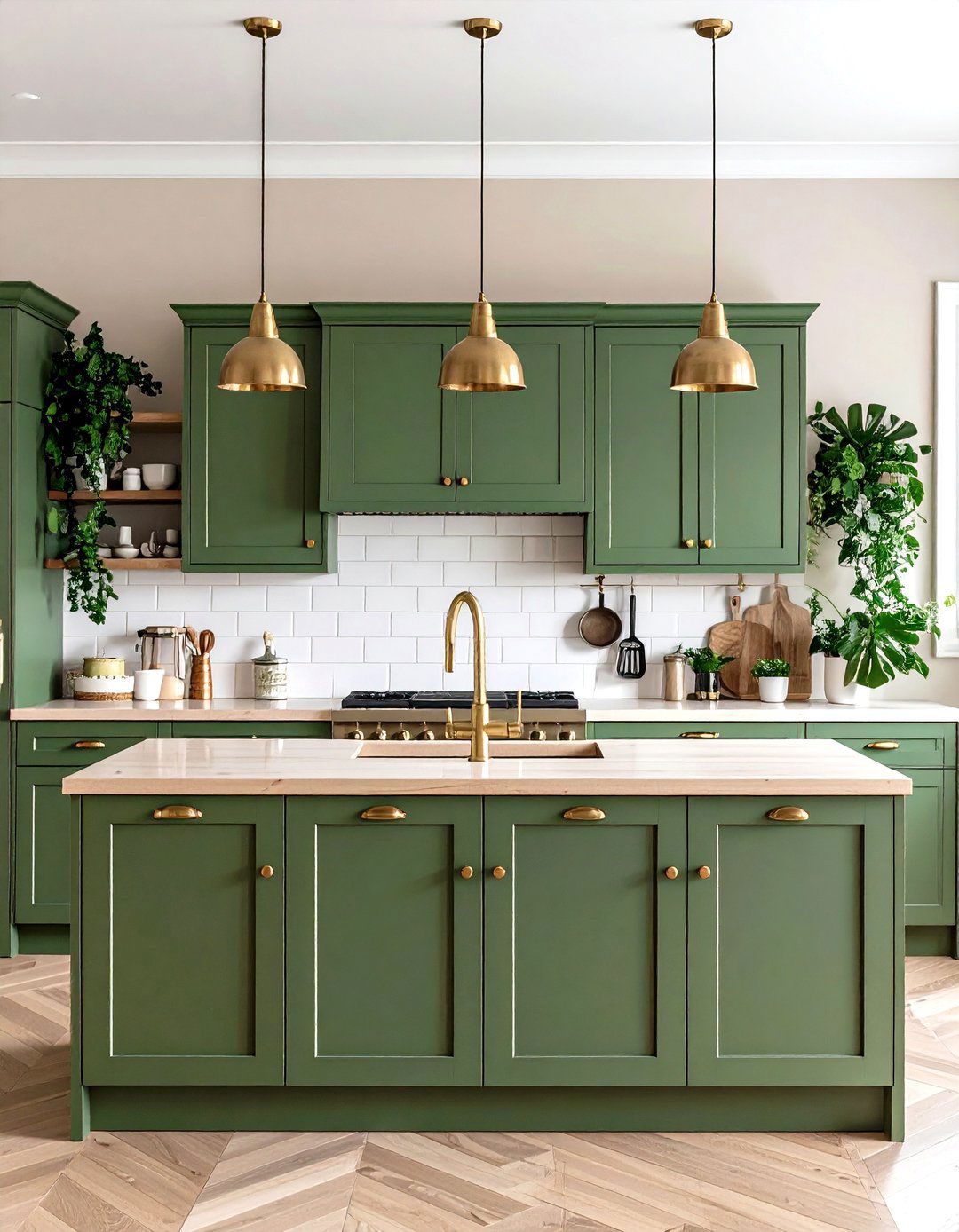
Hunter green was one of the defining colors of the 1990s era, commonly used on kitchen cabinets to create bold, sophisticated statements . This rich, saturated color brought depth and elegance to kitchen spaces while maintaining the decade's love for nature-inspired hues. Hunter green on kitchen cabinets, pillows, painted buffets, or exterior siding creates a regal, timeless look . Modern interpretations pair hunter green with brass or gold hardware, natural wood countertops, and white or cream walls for balance. This color works particularly well in traditional or transitional kitchen designs where you want to create a sense of established elegance. Consider using hunter green on lower cabinets while keeping upper cabinets in lighter tones to maintain visual balance and prevent the space from feeling too heavy.
5. Sectional Sofas for 1990s Comfort Living

Sectional sofas exemplified the 1990s emphasis on comfort and casual living, available in plush fabrics like velvet and durable materials that prioritized both aesthetic appeal and functionality . These large, modular seating arrangements encouraged relaxed gatherings and reflected the decade's shift toward more informal living spaces. Overstuffed sofas and sectionals in plush fabrics like chenille and velvet defined 1990s living spaces . Today's versions feature cleaner lines and sustainable fabrics while maintaining the comfort factor that made them popular. Choose sectionals with modular components that can be reconfigured as needed, and opt for neutral upholstery that allows you to experiment with colorful throw pillows and blankets. This approach creates flexible living spaces perfect for modern family life while honoring the decade's commitment to comfort.
6. Neon Accent Lighting for 1990s Energy
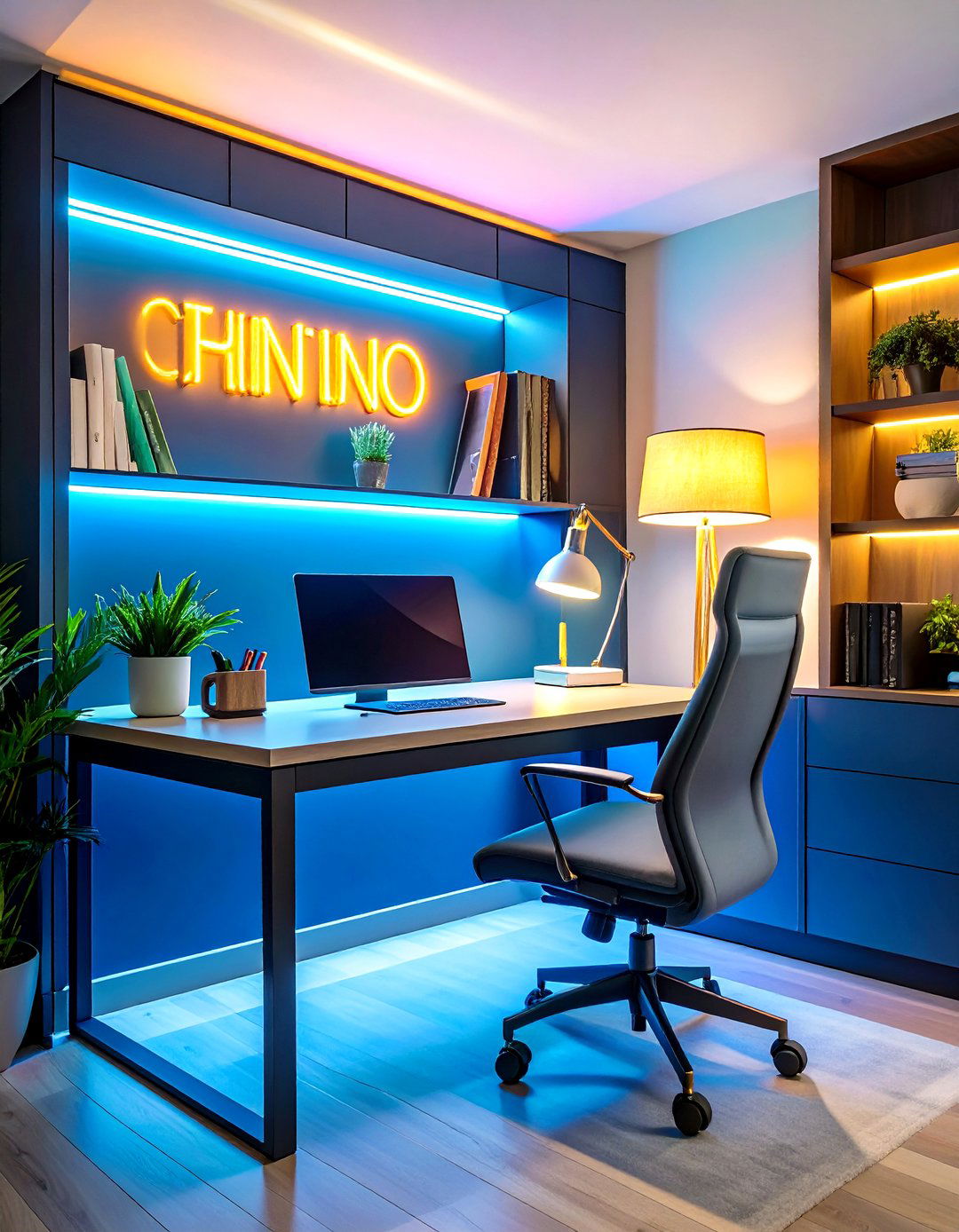
Neon had a major moment in the 1990s, moving beyond signage to become statement art pieces in stylish interiors, with glowing fixtures adding punches of nightlife excitement to any room . This bold lighting choice reflected the era's love for vibrant colors and flashy accents. Neon lighting using LED strips to highlight architectural features like alcoves or under counters creates a futuristic look very much in keeping with 1990s tech trends . Modern applications work best as accent lighting rather than primary illumination. Consider neon signs with meaningful phrases, LED strip lighting under floating shelves, or neon-colored table lamps as statement pieces. These elements work particularly well in home offices, entertainment rooms, or teen spaces where you want to create an energetic, fun atmosphere that celebrates the decade's optimistic spirit.
7. Entertainment Centers for 1990s Technology Integration

Entertainment centers were large wooden units, often in oak or cherry finishes, designed to house massive CRT televisions, VCRs, CD players, and video game consoles, serving as the hub of home entertainment . These pieces encapsulated the technological advancement of the era while providing organized storage for bulky equipment. These centers featured intricate designs with glass doors, adding style while accommodating the bulky technology of the time . Modern interpretations focus on sleek, built-in media walls or floating consoles that house today's streamlined electronics. Choose pieces with hidden cable management and adjustable shelving to accommodate changing technology needs. This approach maintains the 1990s emphasis on organized entertainment spaces while adapting to contemporary lifestyles and slimmer devices.
8. Faux Finishing Techniques for 1990s Wall Texture
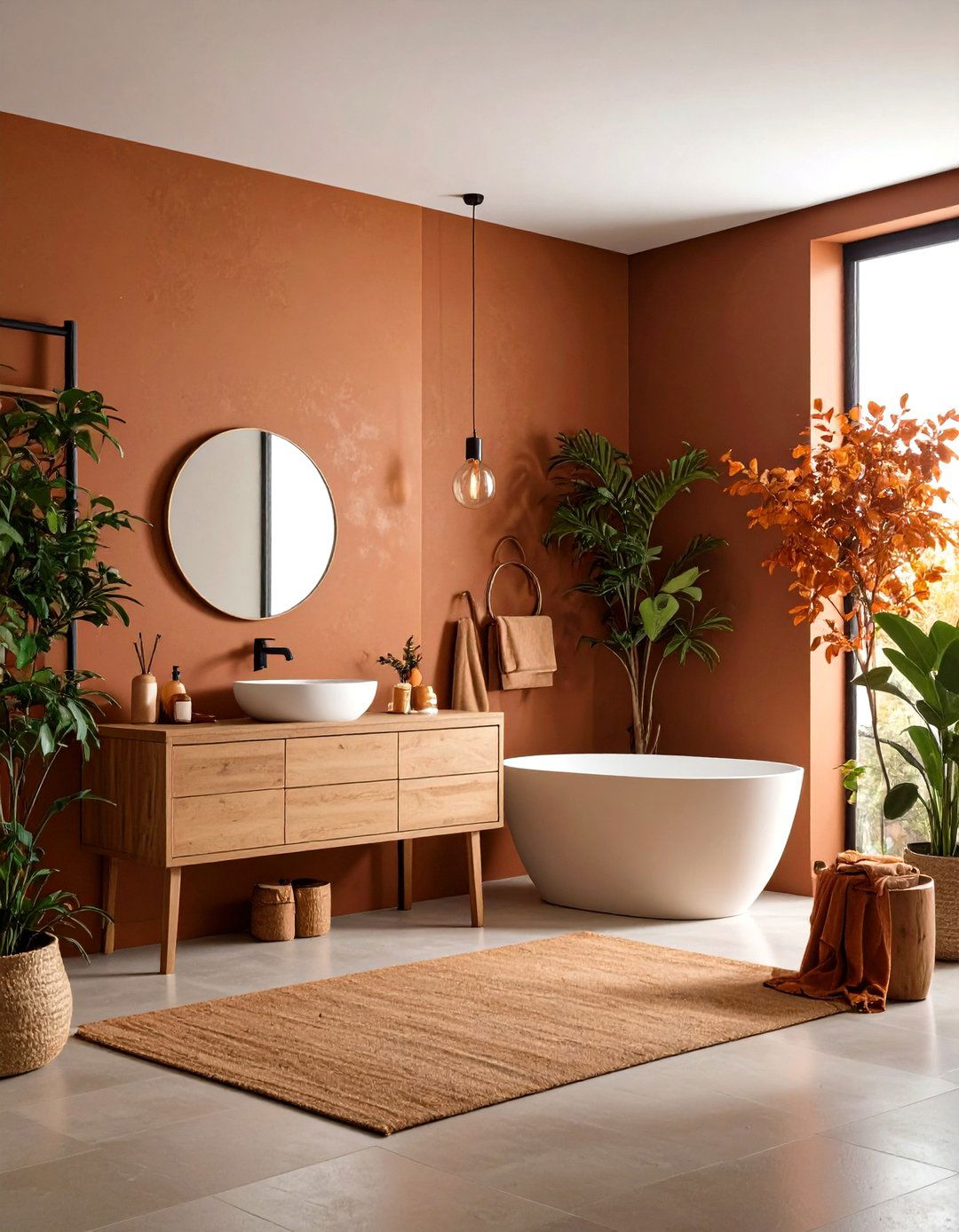
Sponge painting was the essential faux finish and decorative paint tool of the 1990s, with bedroom walls commonly sponged, rag-rolled, glazed, or painted with plastic wrap . These techniques added depth and visual interest to walls while allowing homeowners to express creativity and personality. Suede faux painting created paint finishes particularly adept at hiding wall imperfections, with russet-tinged orange and yellow being popular color choices . Modern applications work best as accent walls or in smaller spaces like powder rooms where the texture won't overwhelm. Consider subtle color-washing techniques using similar tones for a sophisticated look, or try modern alternatives like limewash or textured plaster. These techniques add character and warmth to spaces while creating visual interest that honors the decade's creative spirit.
9. Light Wood Finishes for 1990s Brightness
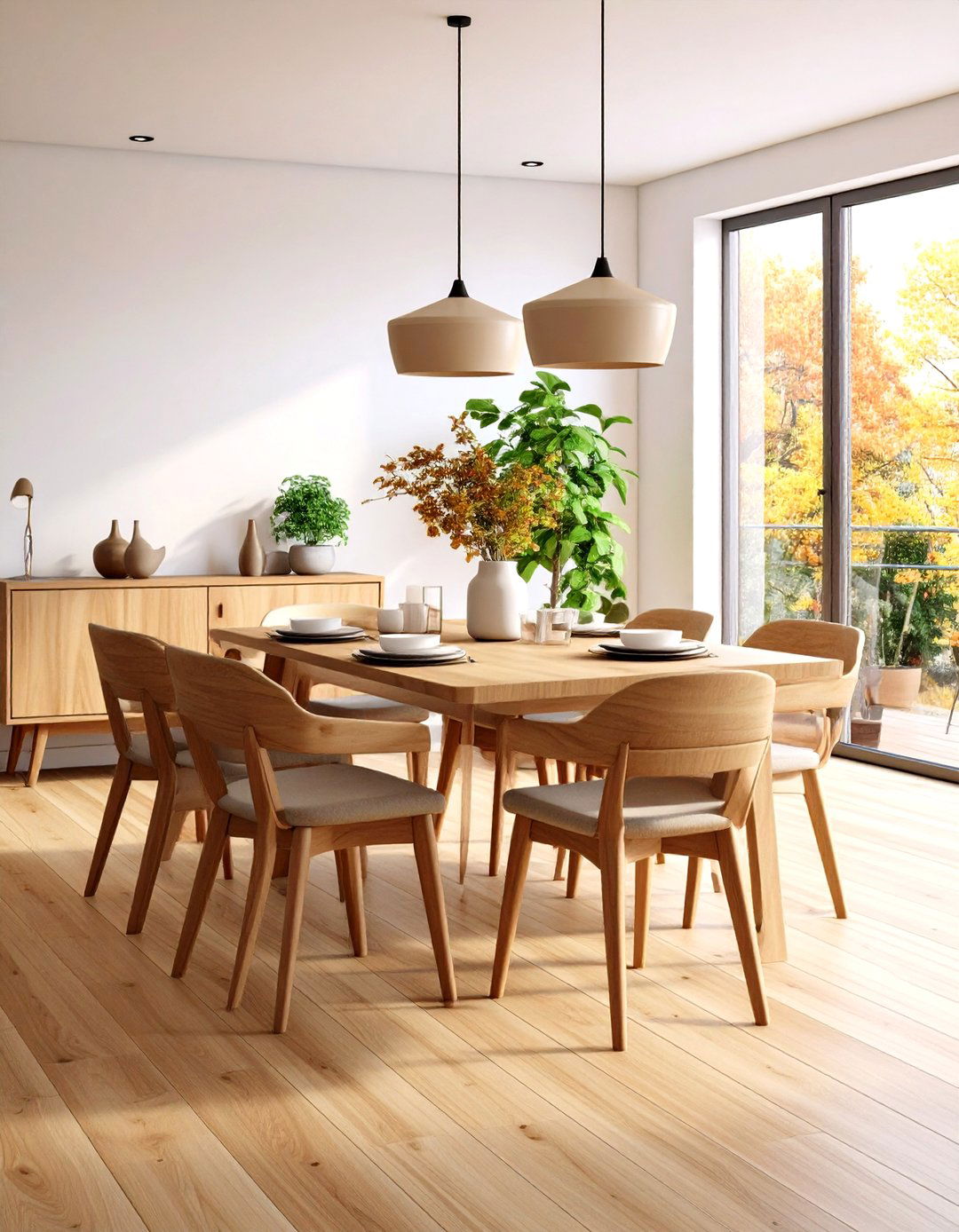
Light wood finishes, inspired by Scandinavian design, helped rooms appear brighter and bigger, with blonde finishes becoming popular in loft spaces . Light pine floors offered a fresh alternative to dark wood, providing a bright, livable option that showed less dust and wear . This approach reflected the decade's movement toward more casual, relaxed living spaces. Light wood finishes like pine and oak dominated cabinetry and flooring, reinforcing the warm and inviting ambiance of the era . Modern interpretations focus on sustainable wood options with natural oils that enhance the grain's beauty. Consider light oak or maple flooring, blonde wood furniture, or natural wood accent walls. These elements create bright, airy spaces that feel both contemporary and timelessly appealing while maintaining the decade's emphasis on natural materials and casual comfort.
10. Primary Color Palettes for 1990s Vibrancy
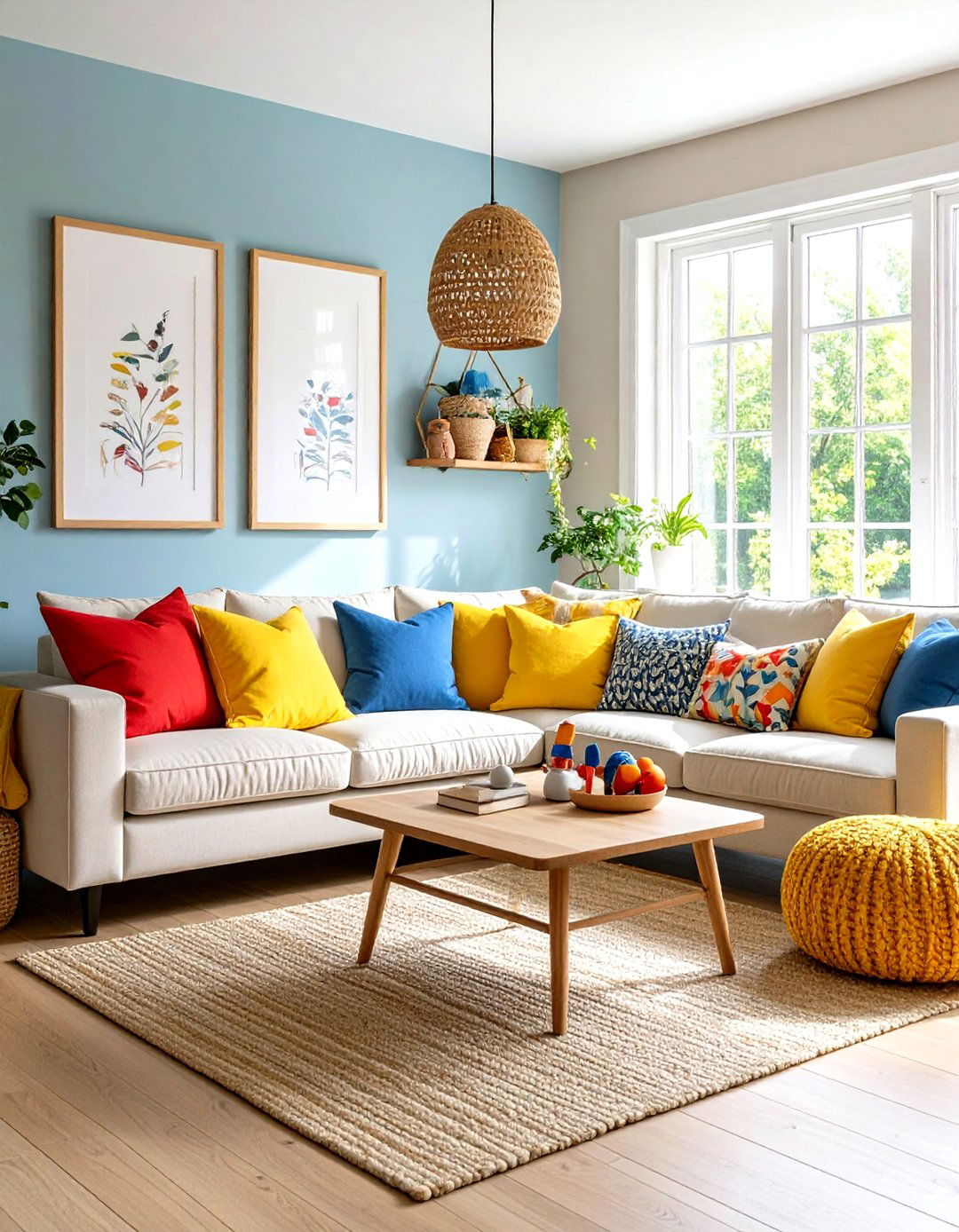
Primary colors—red, yellow, and blue—knew no style bounds in the 1990s, appearing in country, modern, and everything in between . Primary color accents, though primarily appearing in kids' bedrooms, extended throughout homes as bold throw pillows paired with pattern-heavy upholstery . This fearless approach to color created energetic, optimistic spaces that celebrated the decade's vibrant spirit. Modern applications work best when primary colors are used as accents rather than dominant elements. Consider primary-colored artwork, throw pillows, or decorative accessories that add pops of energy to neutral spaces. This approach allows you to experiment with bold colors while maintaining sophistication. Primary colors work particularly well in family rooms, playrooms, or creative spaces where you want to inspire energy and creativity.
11. Inflatable Furniture for 1990s Playfulness
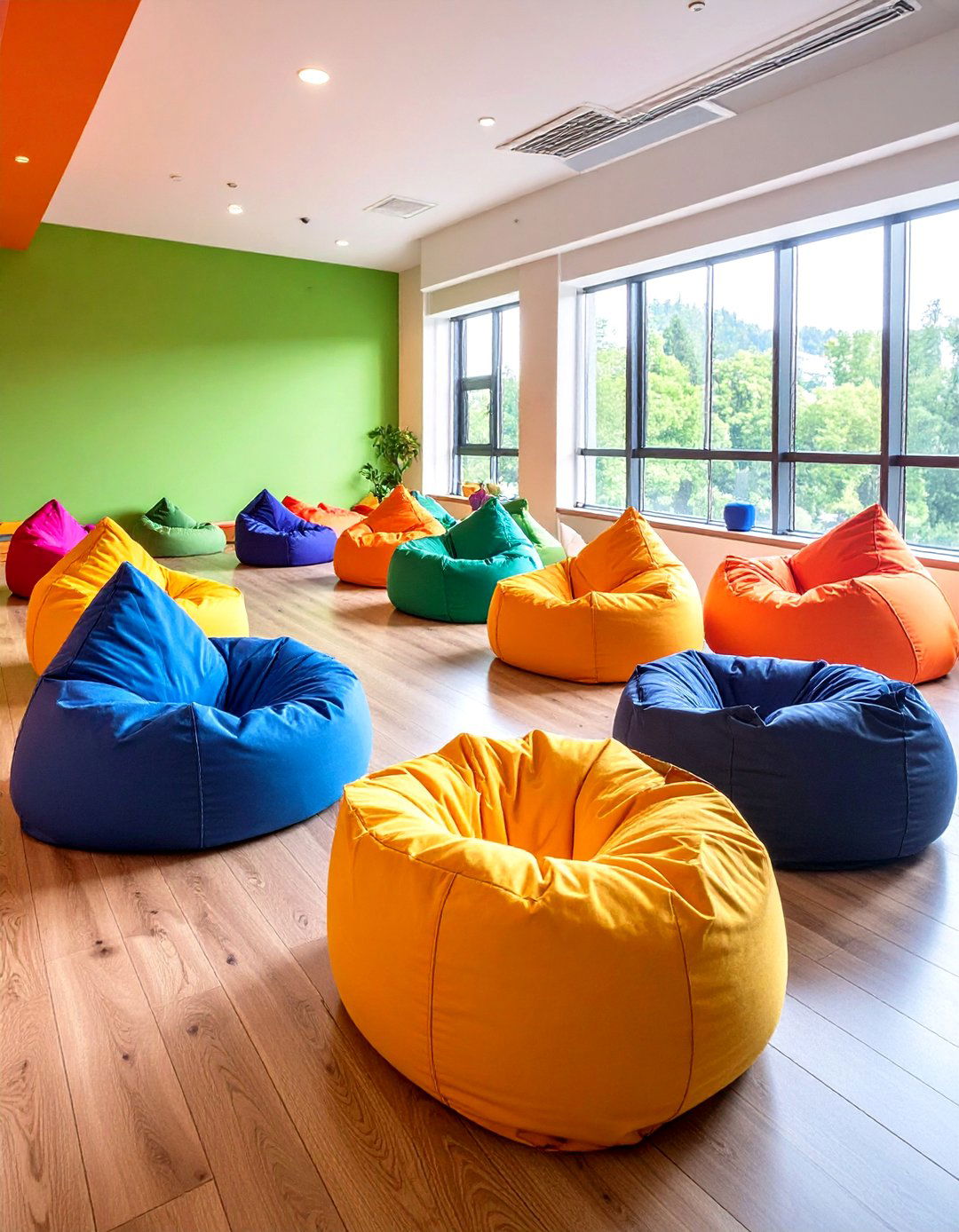
Inflatable furniture was a hit in the 1990s, particularly among teens and young adults, offering affordable and fun ways to furnish spaces with air-filled pieces in bright colors and transparent materials . This trend mixed comfort with a fun aesthetic, making inflatable furniture a symbol of youthful style in home decor . While purely inflatable furniture might seem impractical today, the spirit of playful, unconventional seating remains relevant. Consider modern alternatives like bean bags, floor cushions, or modular foam seating that captures the casual, flexible spirit of inflatable pieces. These options work well in teen rooms, game rooms, or casual gathering spaces where comfort and fun take precedence over formal elegance. The key is choosing pieces that embody the decade's playful approach to living while offering practical functionality.
12. Open Floor Plans for 1990s Social Living
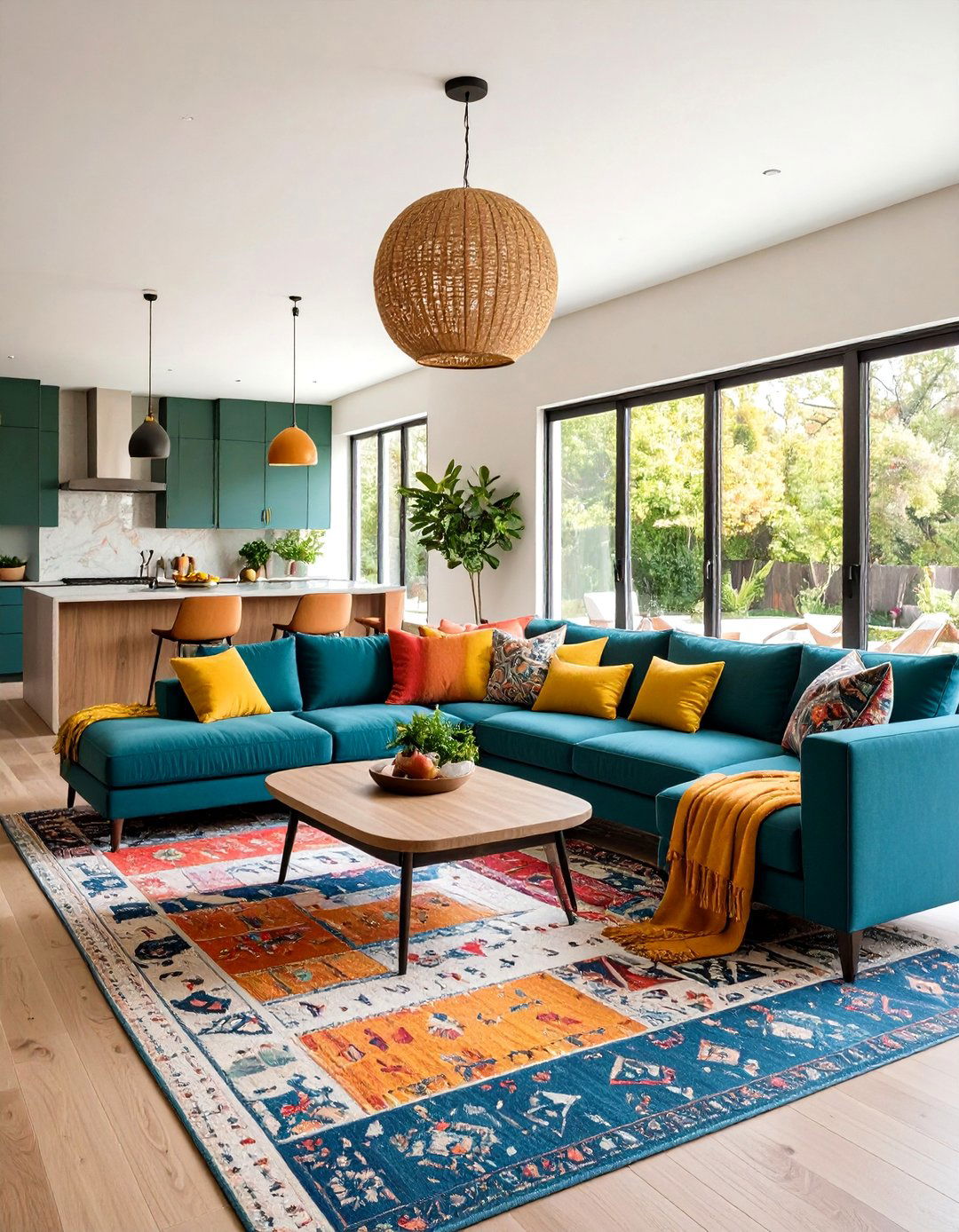
The 1990s developed a fondness for open and flexible living spaces, with kitchens joining together with family rooms to become central hubs where families and friends could gather . This architectural approach encouraged natural light flow and easy social interaction, reflecting the decade's shift toward more casual, communal lifestyle. Open floor plans continue to work well today, especially when paired with smart technology, flexible layouts, and sustainable materials . Modern interpretations focus on defining spaces within open layouts using area rugs, lighting, or furniture arrangement rather than walls. Consider creating conversation areas with sectional sofas, using kitchen islands as natural gathering points, or incorporating flexible furniture that can serve multiple purposes. This approach maintains the decade's emphasis on social interaction while accommodating contemporary family needs and lifestyles.
13. Stainless Steel Appliances for 1990s Modern Edge
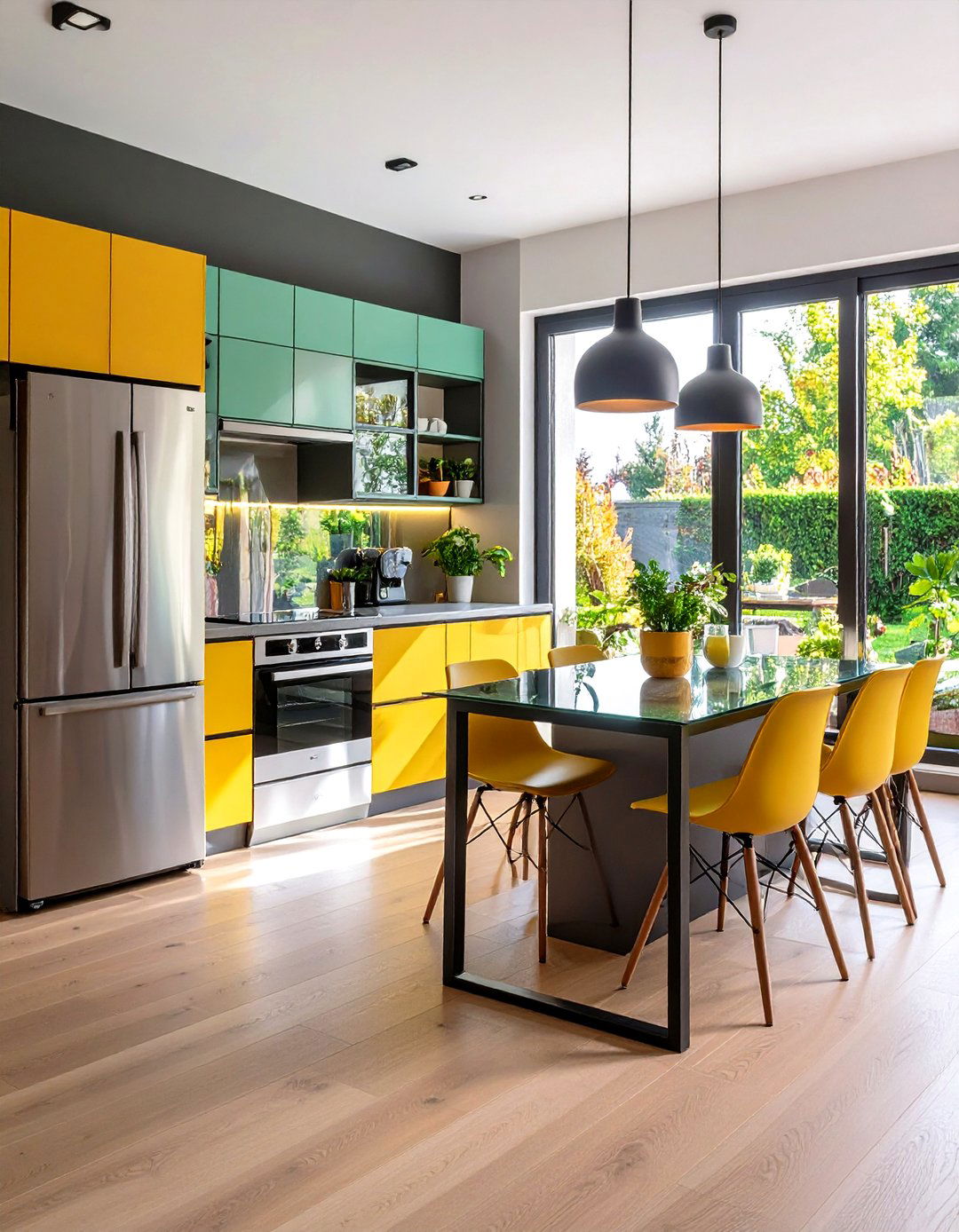
Stainless steel appliances made kitchens feel sleek yet livable, representing the modern elements that defined the decade's approach to functional design . Clean, sculptural, and minimal coffee tables, cabinets, and bookshelves in stainless steel became favorites for their contemporary appeal . This material choice reflected the era's embrace of technology and modern living while maintaining practical functionality. Modern applications extend beyond appliances to include stainless steel furniture, lighting fixtures, and decorative accessories. Glass-top tables with metal frames were staples in 1990s decor, bringing sleek, modern contrast to heavier furniture pieces . Consider incorporating stainless steel elements in lighting, hardware, or accent furniture to create sophisticated contrast with warmer materials like wood or fabric. This approach adds contemporary edge while honoring the decade's forward-thinking design philosophy.
14. Southwestern and Tuscan 1990s Influences
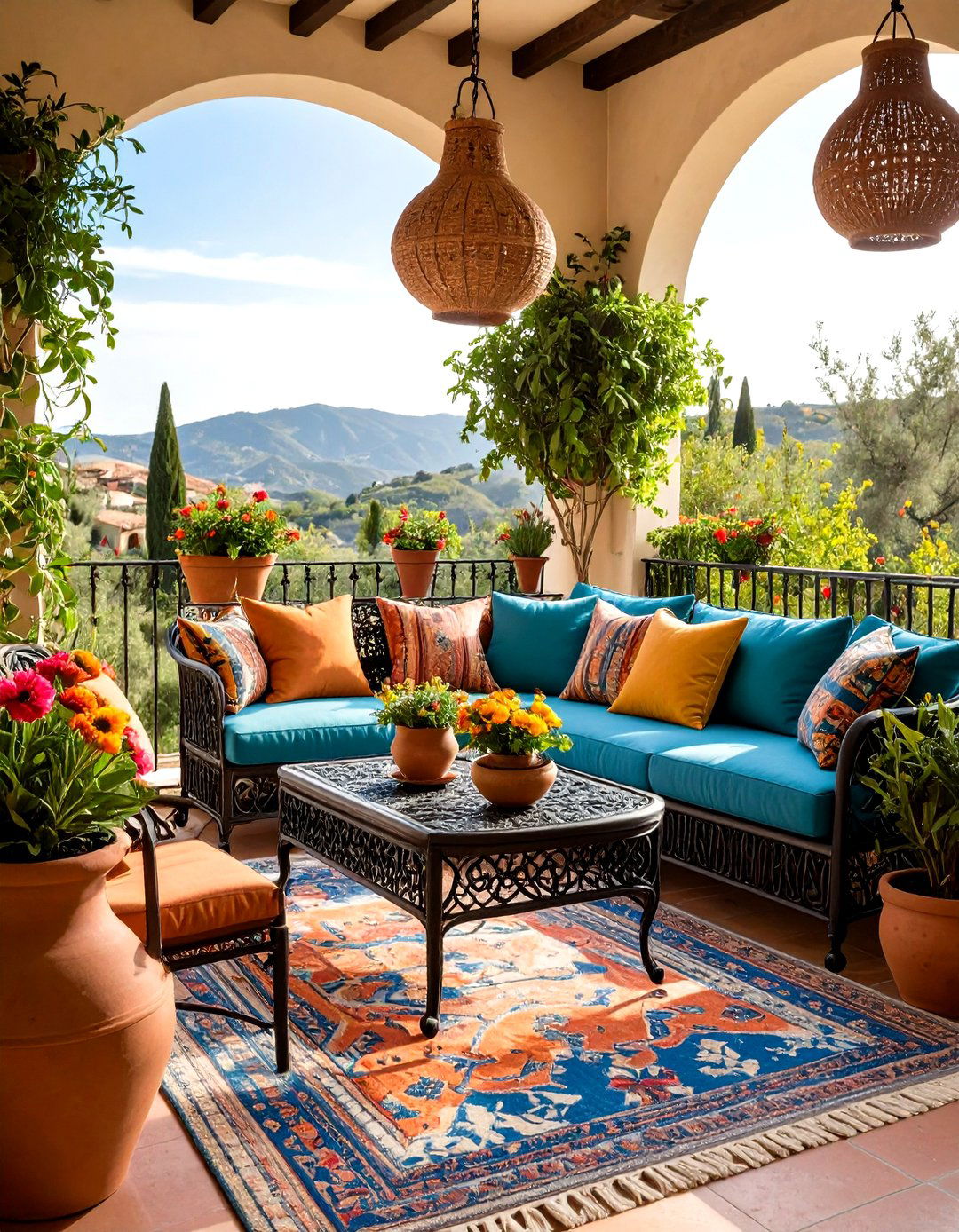
Southwestern and Tuscan interior design styles gained popularity in the 1990s, known for their earthy colors, warm tones, and natural materials like stone and wood . Tuscan influences swept the country, bringing beige tones along with terra cotta, earthy tan, sage, and gold to interior design . These styles created inviting atmospheres using handcrafted items like pottery and textiles to add charm and character. Modern interpretations focus on incorporating these warm, earthy elements without overwhelming contemporary spaces. Consider terra cotta planters, wrought iron accents, or handwoven textiles as decorative elements. Natural stone backsplashes, warm wood furniture, and copper accessories can capture the style's essence while maintaining contemporary functionality. This approach creates spaces that feel both globally inspired and timelessly comfortable.
15. Minimalist Zen Design for 1990s Tranquility
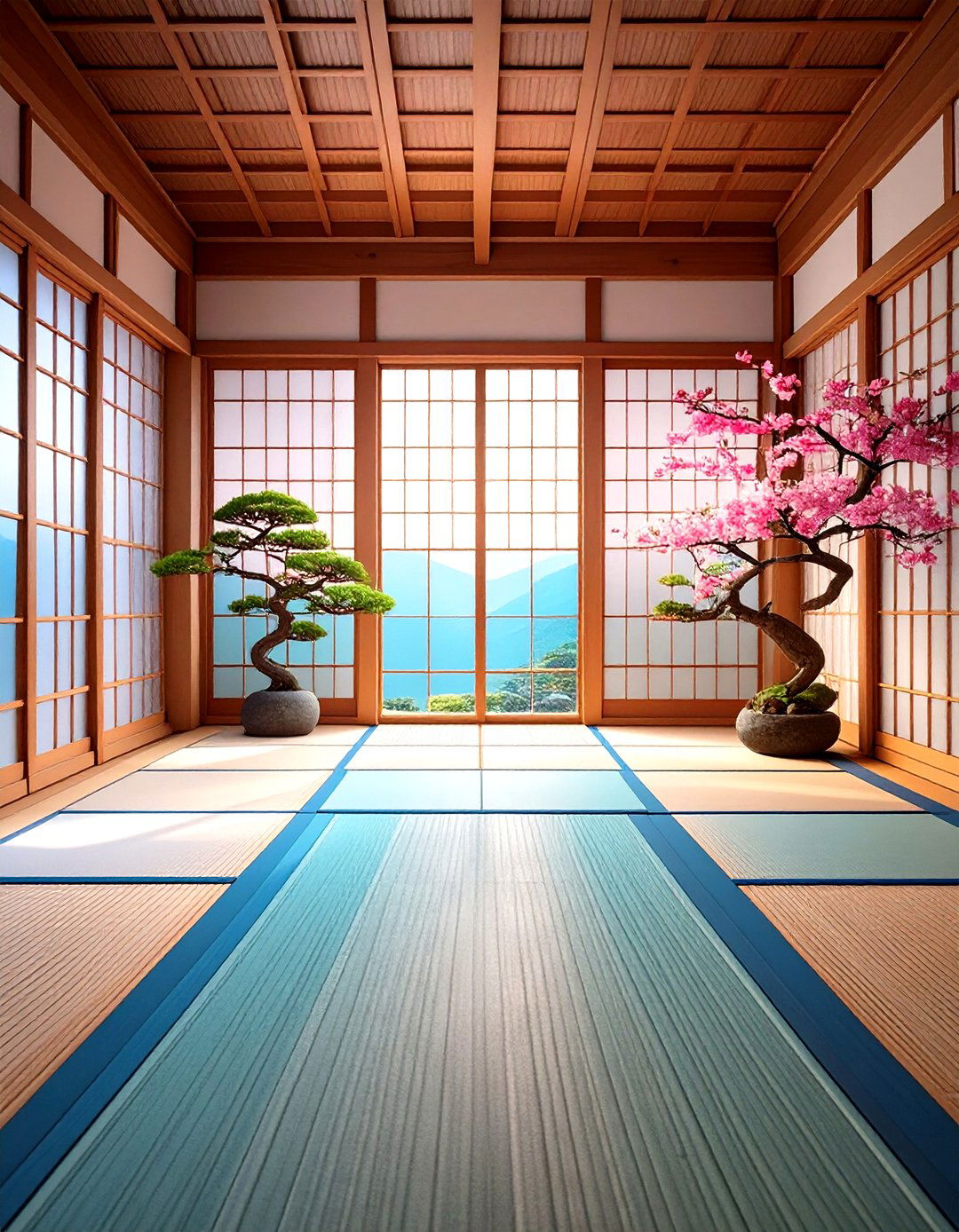
Minimalism and Zen styles grew in popularity during the 1990s, using clean lines and simplicity to create open, airy spaces with beige color palettes for calm feelings . The spare 1990s "zen" interiors would complement today's topics of minimalism and mindfulness perfectly . This approach emphasized natural materials, fewer but more meaningful objects, and connection with nature. Japanese accents included shoji screens, bonsai, cherry blossom art, and clean-lined furniture with natural wood . Modern applications focus on creating serene spaces with natural materials, neutral colors, and thoughtful object placement. Consider incorporating bamboo elements, natural stone, or simple wooden furniture with clean lines. This style works particularly well in bedrooms, meditation spaces, or home offices where tranquility and focus are priorities.
16. Patterned Wallpaper for 1990s Character
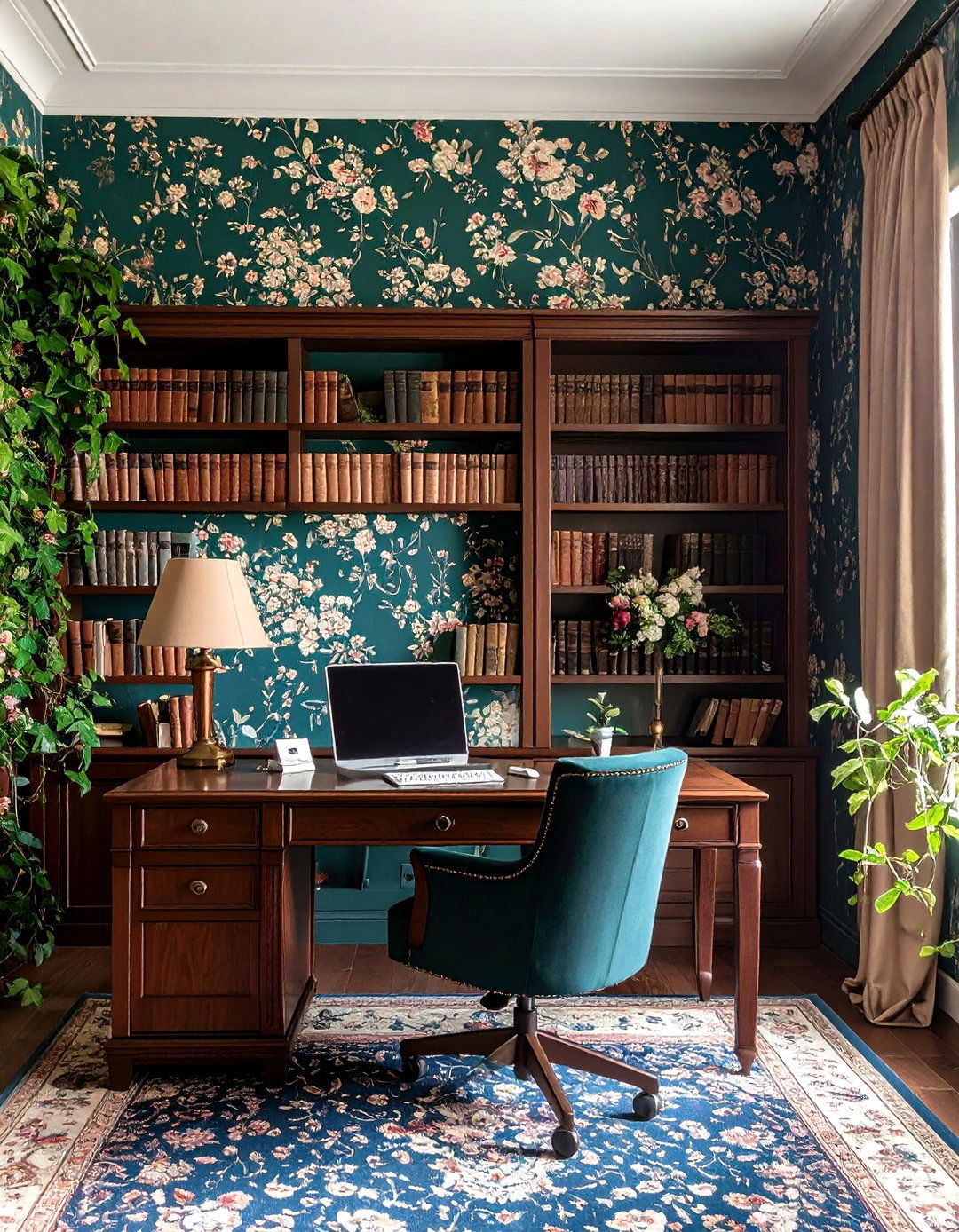
Wallpaper was essential in 1990s room finishing, with most decorators considering rooms incomplete without it . Heavy damask wallpapers, often in various patterns, were used to add character to rooms . Wall borders depicting vines and floral motifs made frequent appearances, with trellis-like vine designs popular in kitchens and floral motifs bordering bedroom walls . Modern interpretations focus on using wallpaper as accent elements rather than covering entire rooms. Consider patterned wallpaper on single accent walls, in powder rooms, or as backing for built-in bookcases. Choose patterns that complement your existing decor while adding visual interest and personality. This approach allows you to experiment with bold patterns while maintaining contemporary sophistication and avoiding the overwhelming effect of full-room wallpaper applications.
17. Canopy Beds for 1990s Romance
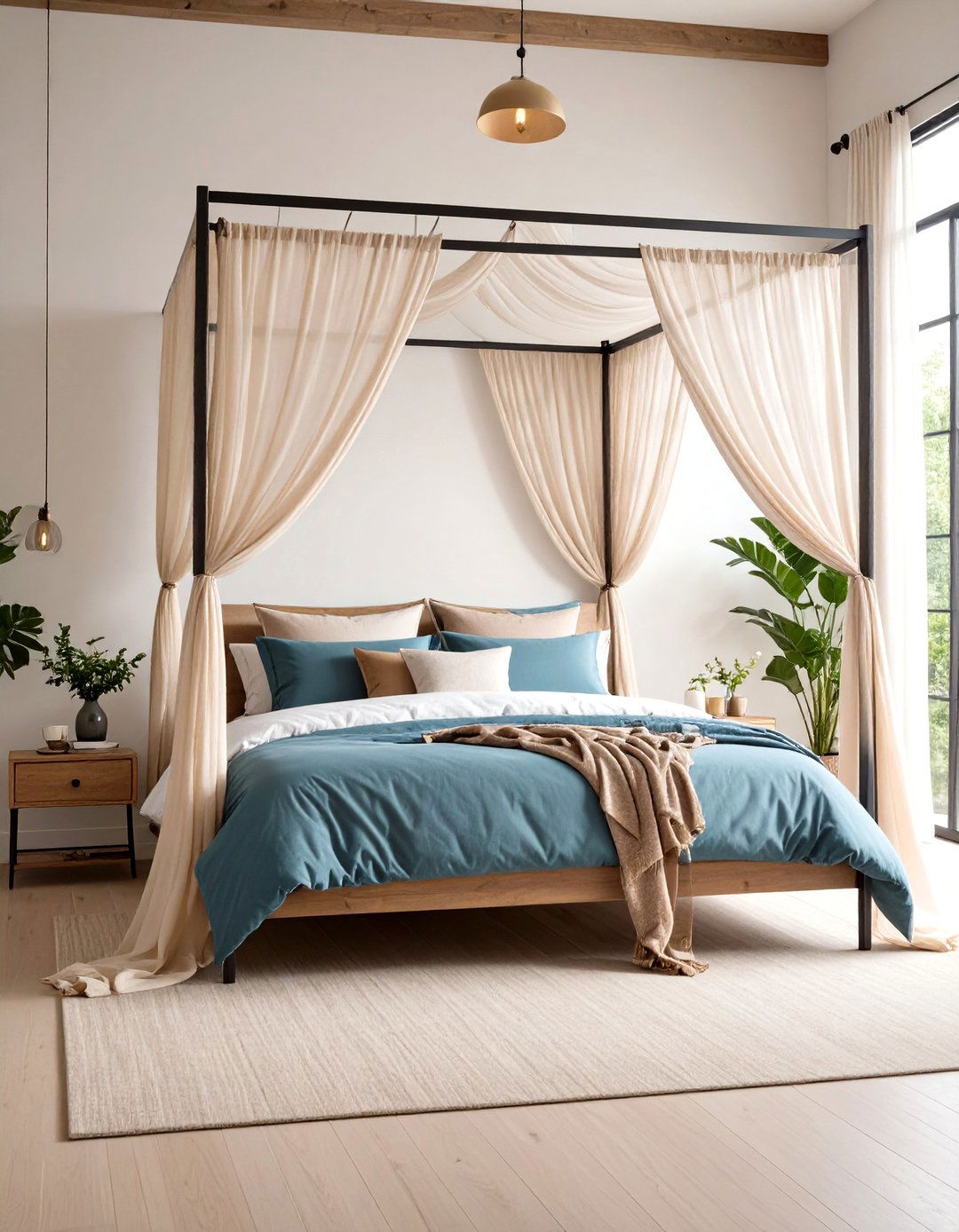
Canopy beds filled bedrooms of both kids and adults in the 1990s, usually featuring four-poster designs without frilly canopies . Canopy beds were among the larger elements getting a second life in contemporary design . These dramatic bedroom centerpieces created intimate, cozy sleeping spaces while making bold architectural statements. Modern canopy beds feature cleaner lines and simpler designs than their ornate predecessors while maintaining the romantic, sheltered feeling that made them popular. Consider metal frame canopies with simple curtains, wooden four-poster beds with minimal decoration, or even ceiling-mounted curtain systems that create canopy effects without traditional frames. These approaches capture the style's romantic essence while fitting contemporary bedroom aesthetics. Canopy beds work particularly well in master bedrooms where you want to create a private, luxurious retreat.
18. Built-in Storage Solutions for 1990s Organization

Clean-lined cabinetry and subtle storage solutions allowed materials and craftsmanship to shine while maintaining the decade's emphasis on functionality . Furniture designs began incorporating built-in spaces for computers and electronics to accommodate growing technology integration needs . This approach reflected the era's practical approach to modern living while maintaining design sophistication. Modern built-ins focus on creating seamless storage that integrates with room architecture while accommodating contemporary technology and lifestyle needs. Consider floor-to-ceiling bookcases, window seat storage, or media centers that blend with wall designs. These solutions maximize space efficiency while maintaining clean, uncluttered appearances. Built-in storage works particularly well in family rooms, home offices, or bedrooms where organization and functionality are priorities while maintaining the decade's emphasis on thoughtful, integrated design.
19. Round Skirted Tables for 1990s Elegance
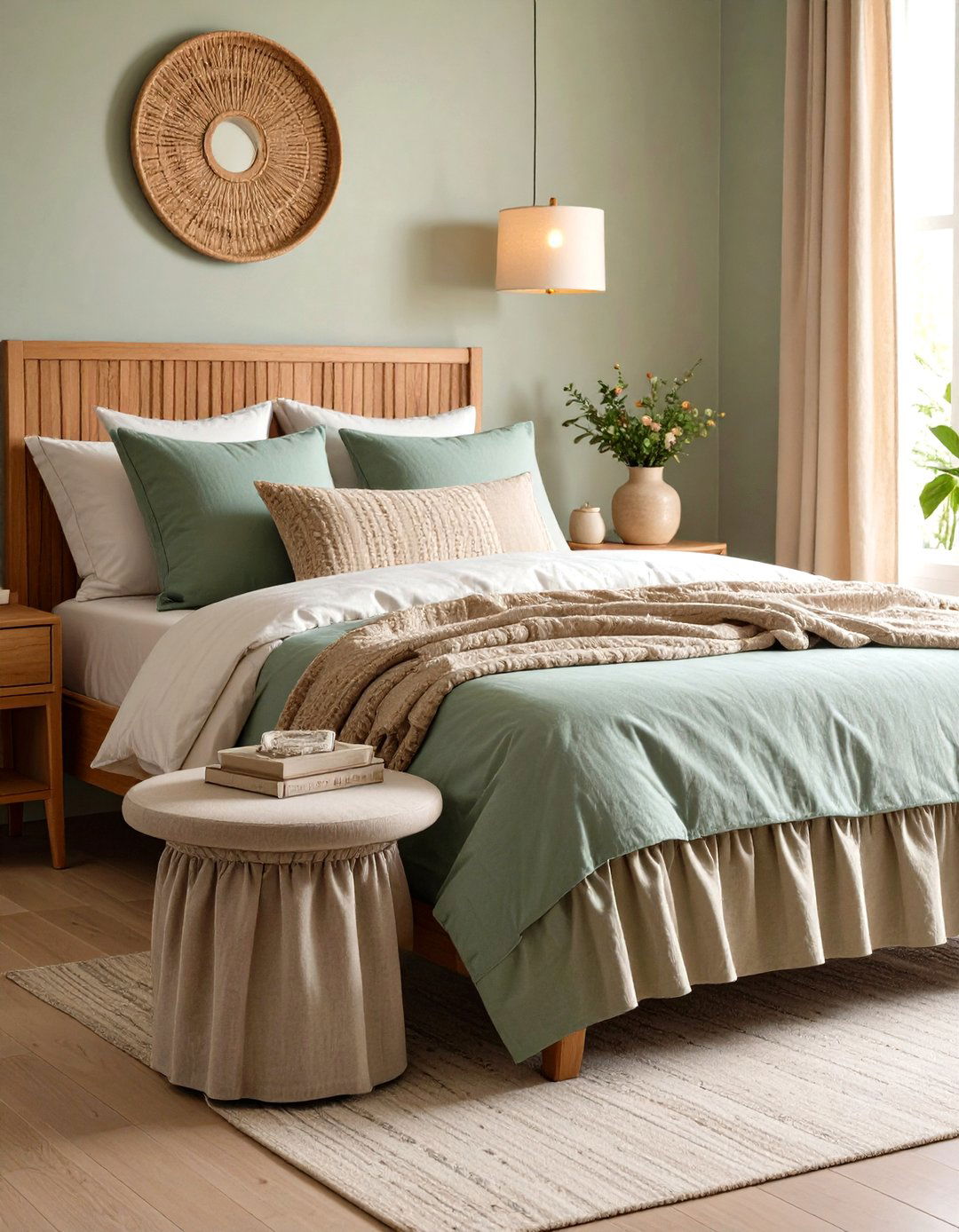
Round, skirted tables were essential elements in 1990s home decor, with many homes featuring multiple pieces throughout different rooms . These versatile pieces provided both surface space and hidden storage while adding softness to room designs through their fabric treatments. The tables worked well in various settings, from living rooms to bedrooms, offering flexibility in both function and styling. Modern interpretations focus on updated fabric choices and styling that feels fresh while maintaining the classic silhouette's appeal. Consider using contemporary fabrics like linen or subtle patterns rather than busy florals, and choose appropriate table heights for their intended use. These pieces work particularly well as bedside tables, accent tables in living rooms, or writing desks in bedrooms where you want to add feminine touch and practical functionality while honoring the decade's emphasis on comfortable, livable design.
20. Chrome and Glass Accent Pieces for 1990s Sophistication

Chrome-plated metal and large unframed planes of glass were typical materials that brought futuristic elements into homes with programmatic earnestness and considerable stylishness . Glass-top tables with metal frames were staples in 1990s decor, bringing sleek, modern contrast to heavier furniture pieces . These materials reflected the decade's celebration of modern technology and forward-thinking design. Chrome accents were essential elements in 1990s design, appearing in matching furniture sets and decorative accessories . Modern applications work best when chrome and glass elements are used as accent pieces rather than dominant features. Consider chrome and glass coffee tables, side tables, or decorative accessories that add contemporary sparkle to spaces. These pieces work particularly well in modern or transitional interiors where you want to create sophisticated contrast with natural materials like wood or fabric while maintaining the decade's optimistic, technology-forward spirit.
Conclusion:
The 1990s interior design movement continues to captivate us with its unique blend of optimism, creativity, and practical comfort. This decade celebrated the nostalgic décor that evoked feelings of safety, peace, and optimism after recent chaos , creating spaces that balanced bold self-expression with livable functionality. From the warm embrace of earth tones and natural materials to the playful energy of geometric patterns and vibrant accents, these design elements offer endless opportunities for contemporary adaptation. By thoughtfully incorporating select 1990s elements—whether through hunter green cabinetry, textured lighting, or comfortable sectional seating—you can create spaces that honor the past while serving present-day needs. The decade's emphasis on personal expression, technological integration, and casual comfort remains remarkably relevant, proving that the best design transcends time by focusing on how we truly want to live and feel in our homes.



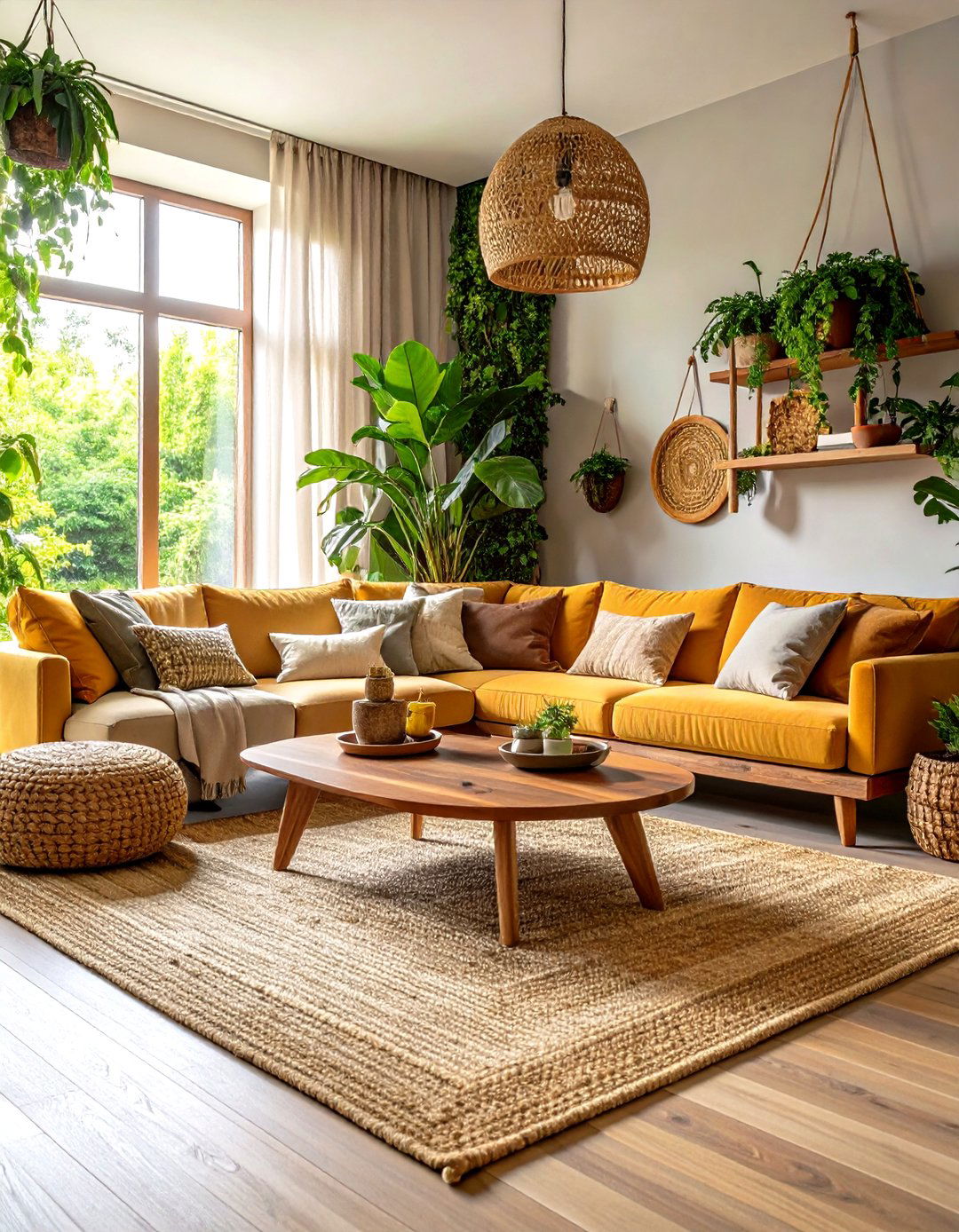
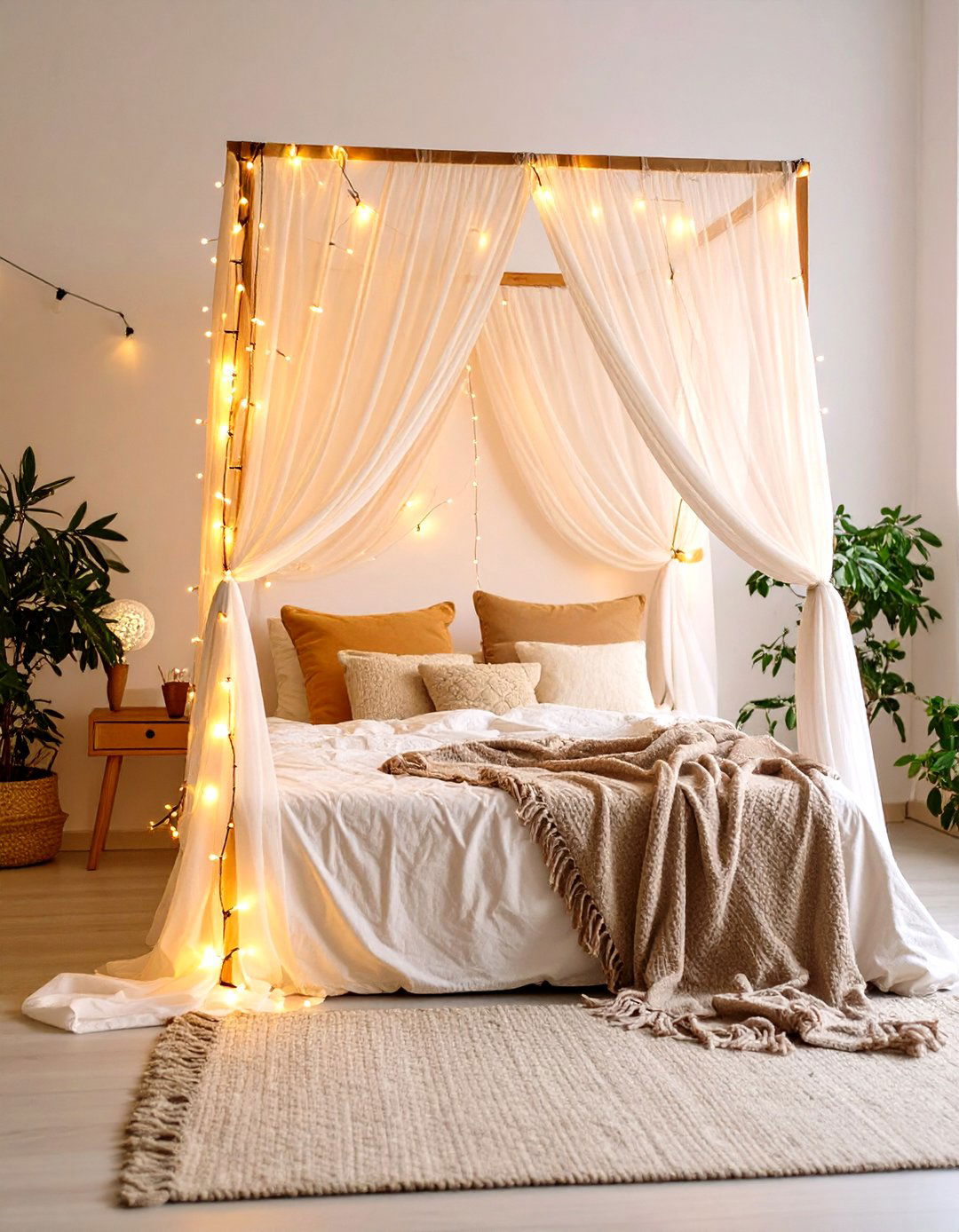

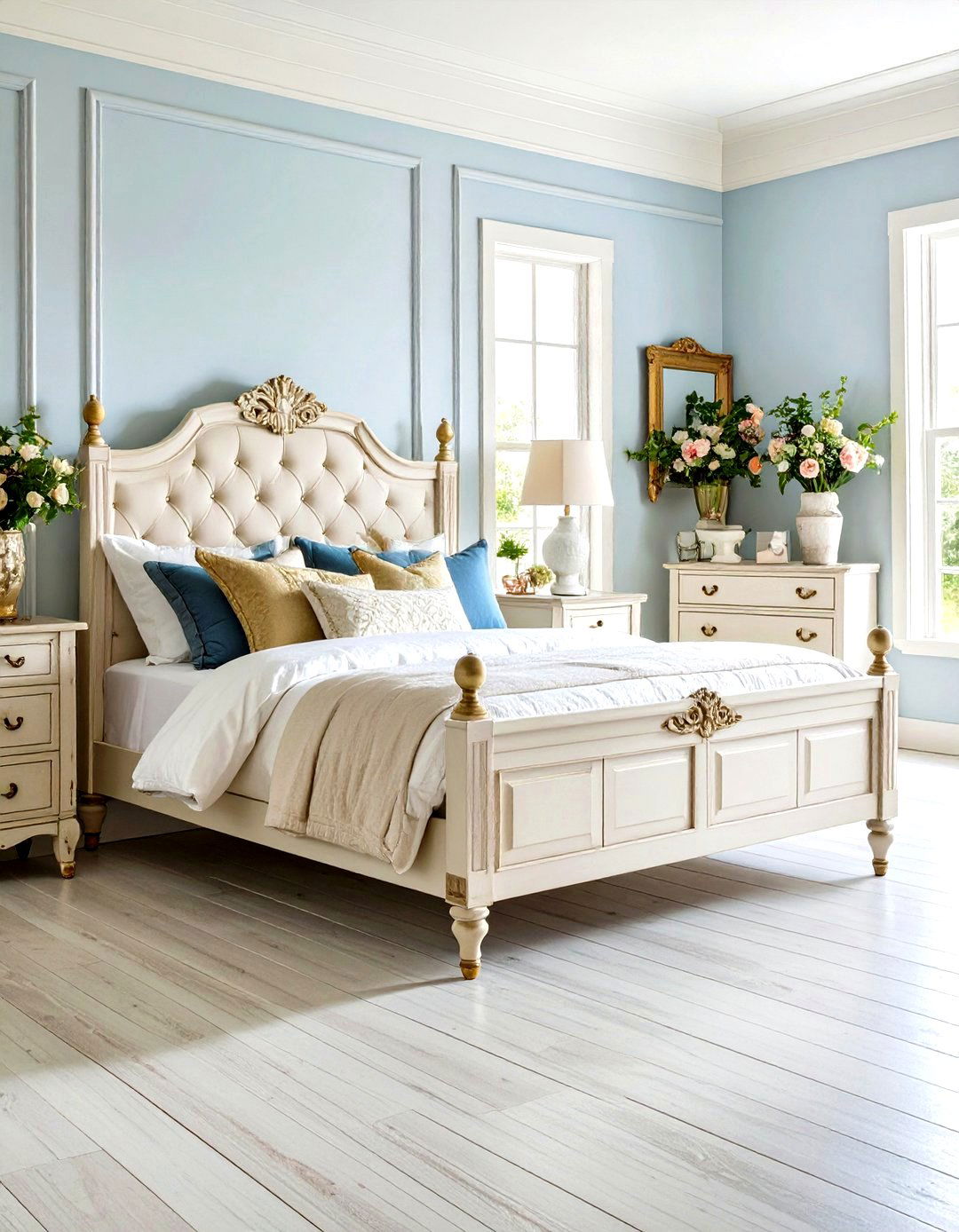
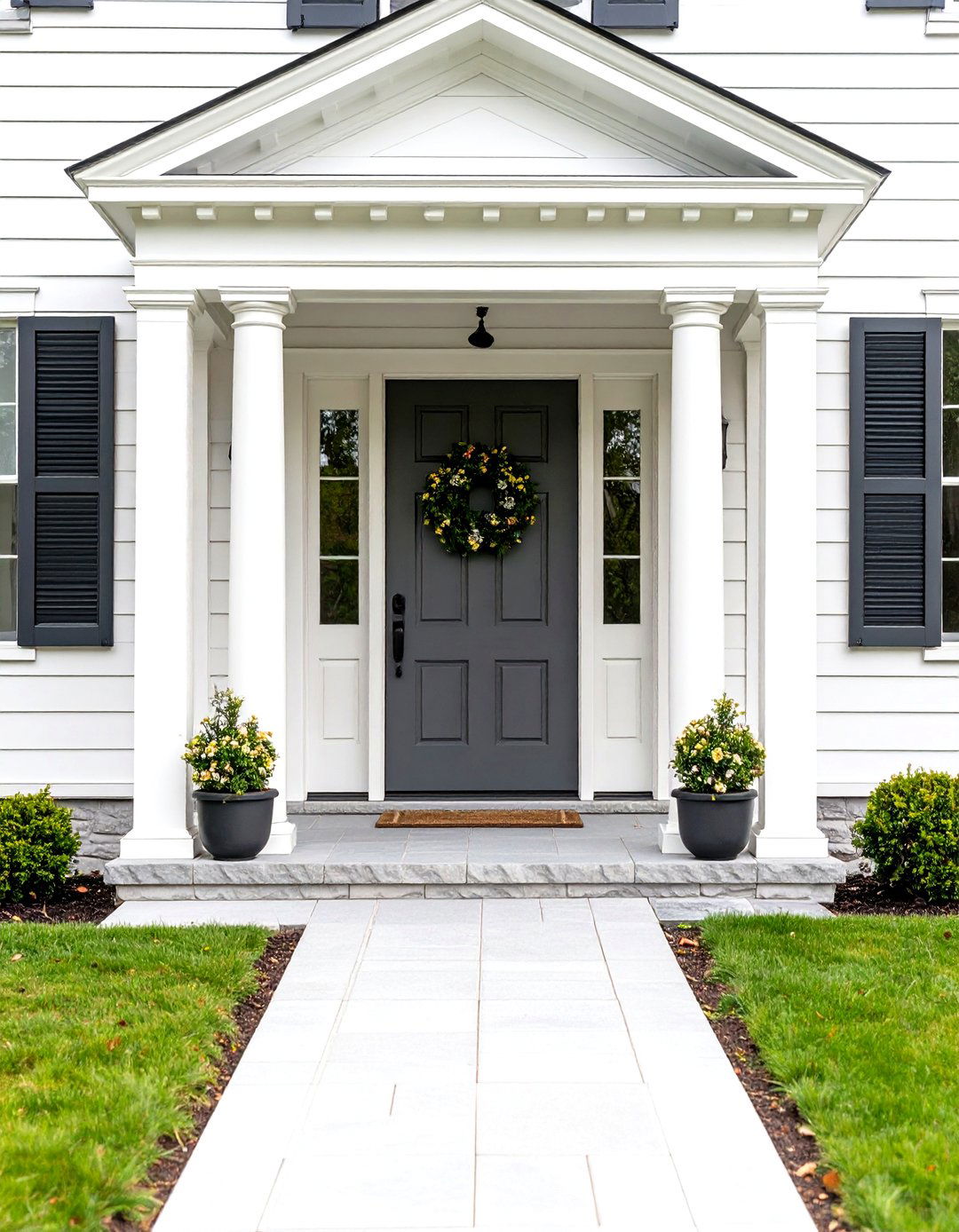


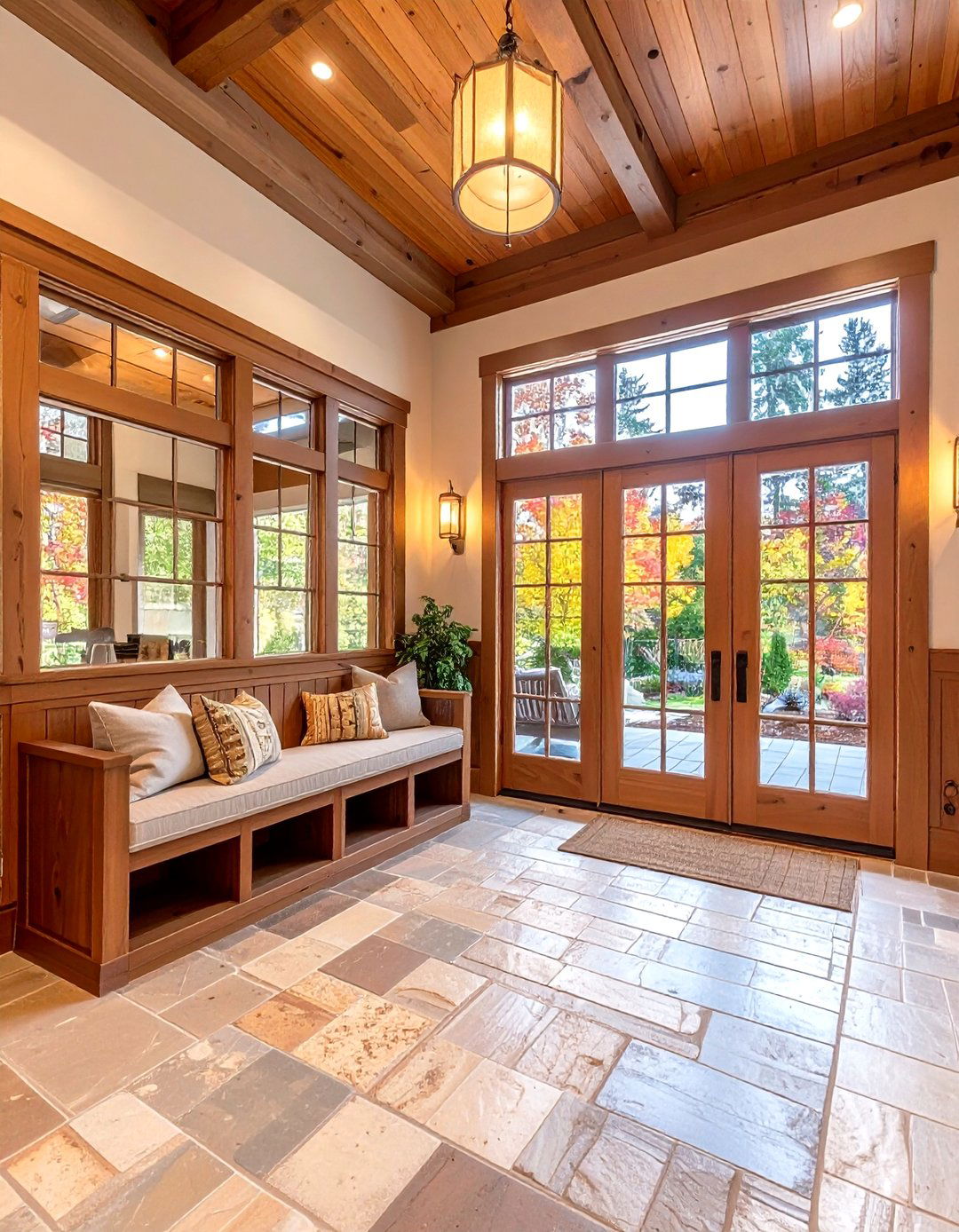
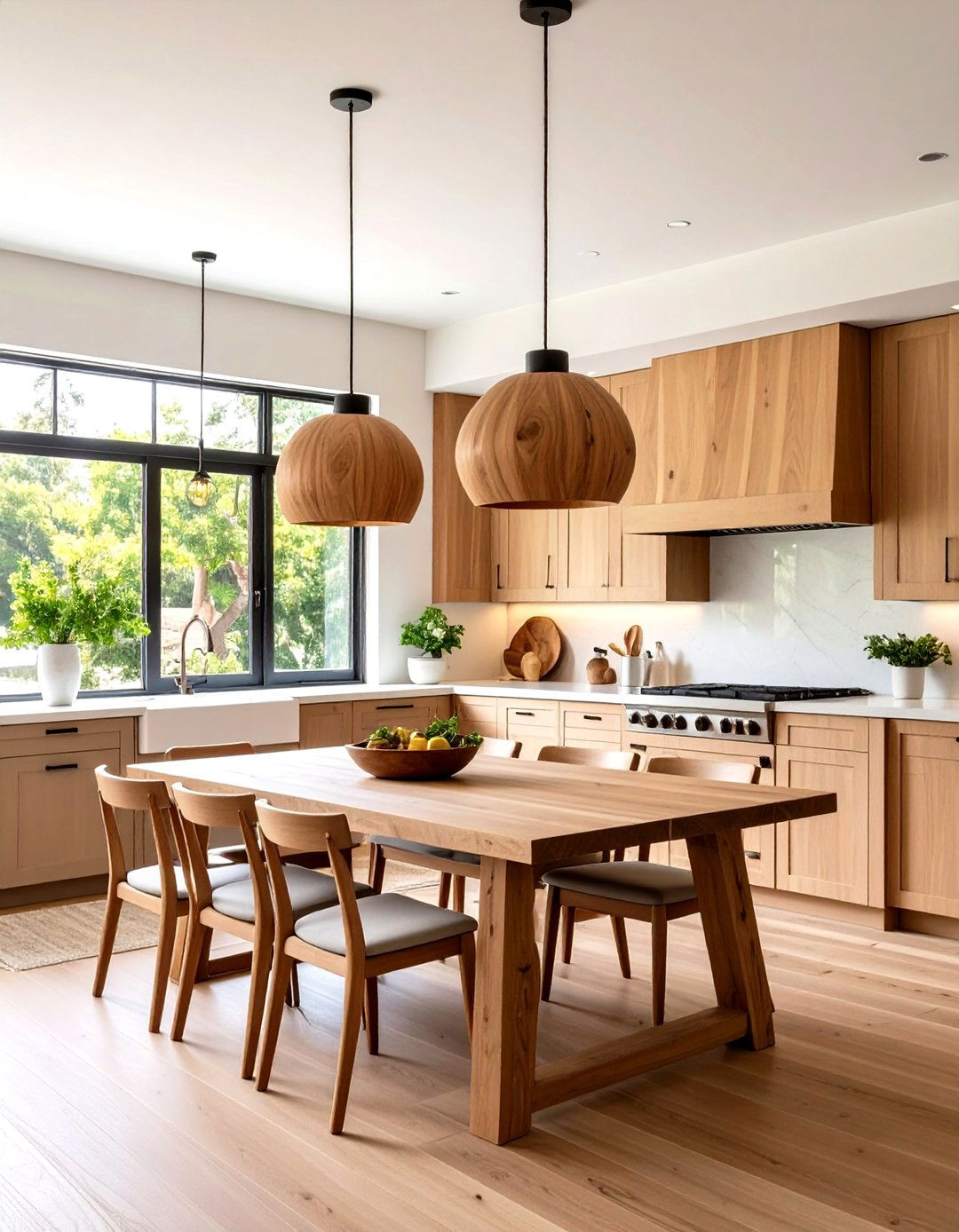
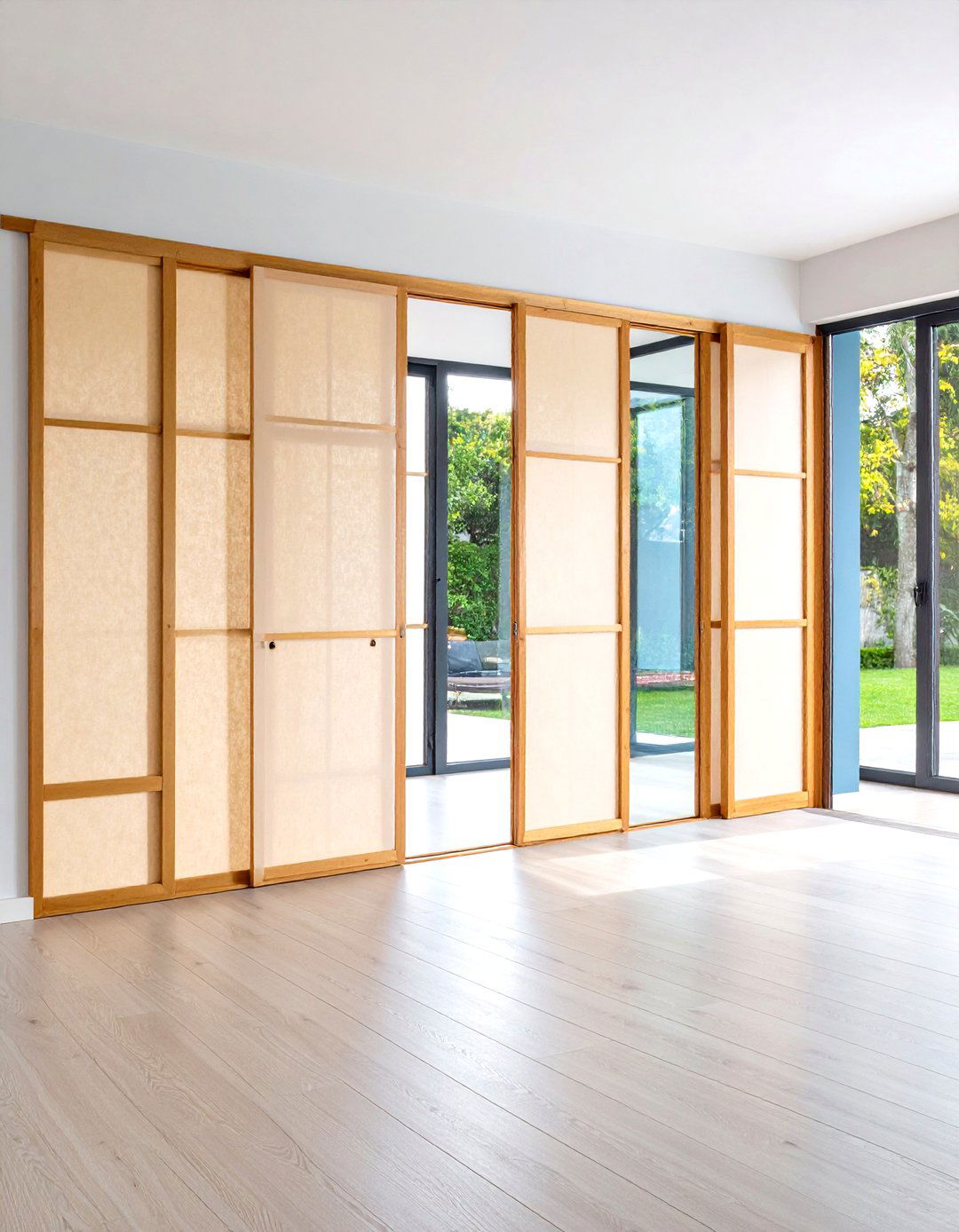
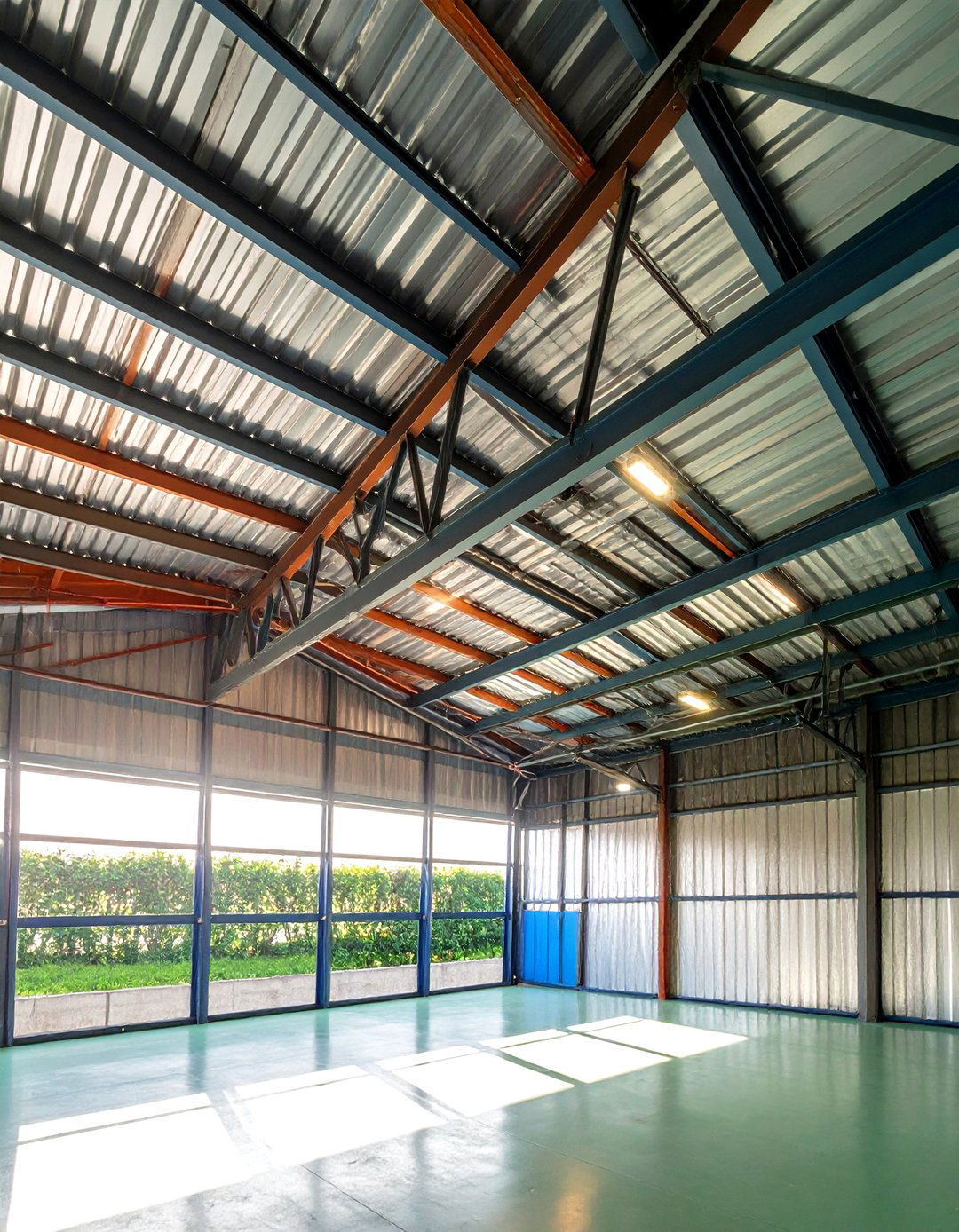
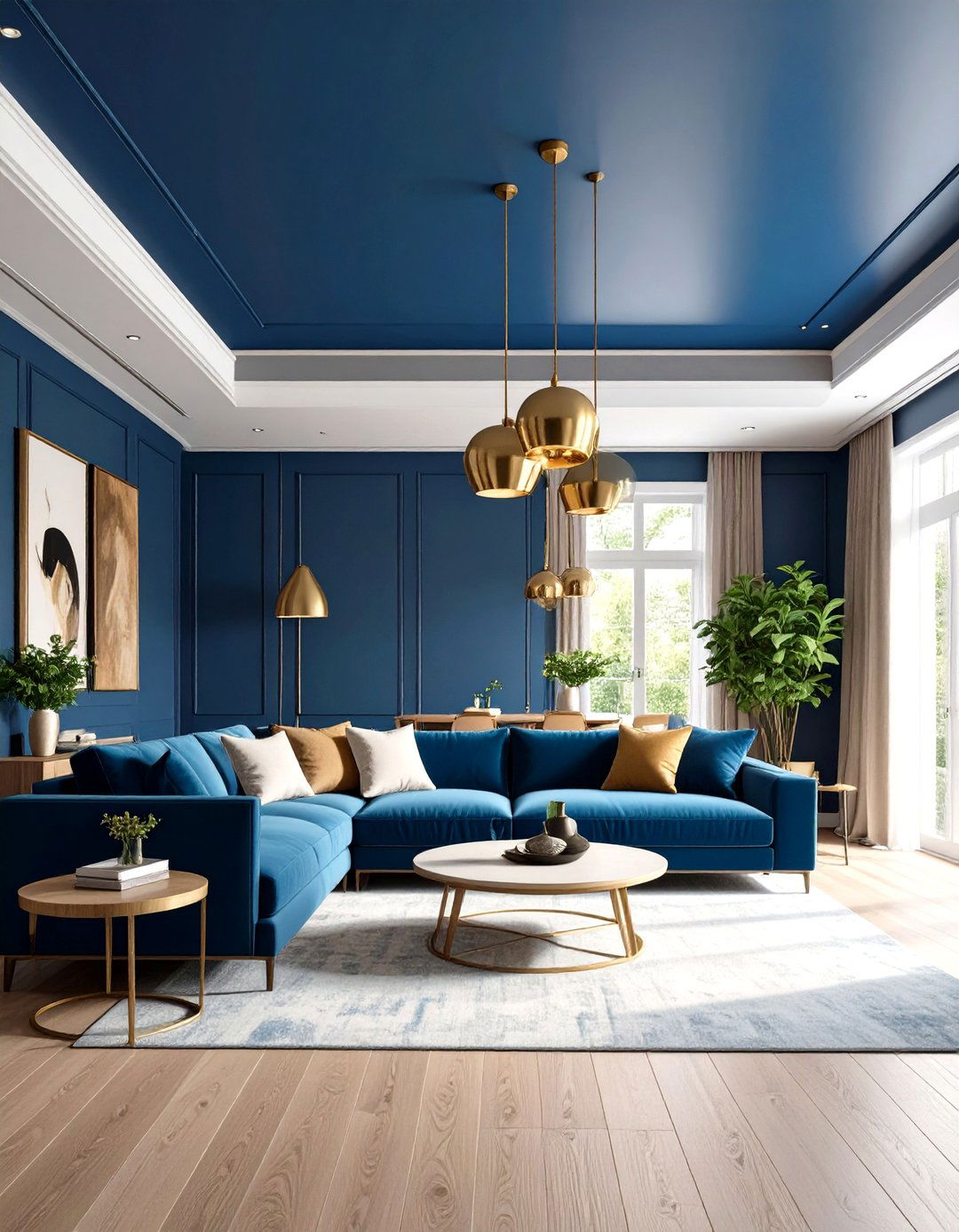
Leave a Reply